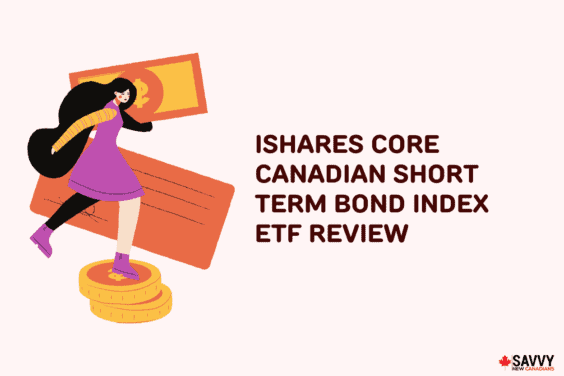Day trading has always been considered a riskier but potentially more lucrative way to play the stock market. In Canada, day trading is completely legal, and the CRA acknowledges it as a legitimate income source.
This article will discuss what you need to know about day trading in Canada in 2024.
Key Takeaways
- Day trading is actively buying and selling investment securities within the same trading session or over a couple of sessions.
- Day trading is entirely legal in Canada.
- Learn about the Superficial Loss Rule and how to read charts with technical analysis before becoming a day trader.
Is Day Trading Legal in Canada?
Yes, day trading is completely legal in Canada, although there are some things you need to be aware of.
First, day trading can be expensive if you are using a brokerage that charges high trading fees. This makes discount brokerages like Wealthsimple and Questrade more appealing since they offer lower commission fees.
If you make more than any other source of income, for example, your day job, the CRA will consider you to be self-employed. This means you wouldn’t claim any capital gains or losses but would report your trading activities as a business. Make sure to know all about taxes and being self-employed or incorporated if your day trading really takes off.
Finally, day trading in US stocks or ETFs will incur additional fees like currency exchange charges and foreign capital gains. Most traders prefer to day trade on the New York Stock Exchange or NASDAQ since these stocks are much more liquid and have a more robust options market than the TSX.
What is Day Trading?
Day trading is an investment strategy that sees a trader make multiple transactions within a single trading session. Some variations include being a swing trader or a day trader who mostly sells options contracts to earn premiums.
Contrary to long-term investing, day trading analyzes an asset’s performance throughout the trading day. Day traders utilize skills like technical analysis to determine the highest probability outcomes of a particular trade. This involves studying a stock’s chart and identifying trends or patterns as well as key areas of support and resistance.
With day trading, a trader can buy and sell stocks, ETFs, futures, or options contracts. You can even day trade cryptocurrencies as the crypto markets are open around the clock.
What is the Superficial Loss Rule?
This is the most crucial thing for Canadian day traders to know. The Superficial Loss rule, also known as the 30-day rule, puts limitations on the ability to claim capital losses.
If you buy and sell an asset for a capital loss, you cannot re-purchase that same asset within 30 days of the disposition date. If you do re-purchase the same asset, you cannot claim those original capital losses against any capital gains. That initial capital loss will become a superficial loss.
In this scenario, your losses will be added to the ACB or Average Cost Basis of that asset rather than counted as a capital loss.
Can I Daytrade in My TFSA?
This is a hot topic in the Canadian finance industry. Technically, there are no rules the CRA sets about day trading in your TFSA. However, a recent court decision in the Tax Court of Canada ruled that excessive day trading in a TFSA account can be deemed that the trader is operating as a business.
Many Canadians have considered day trading in their TFSAs. While the lifetime contribution is capped at $88,000 as of 2023, any capital gains made are supposed to be tax-free. It seems that this must be done within reason, or else the CRA does have the precedent to tax traders who day trade in their TFSA.
How Do You Make Money Day Trading in Canada?
Day traders might make it look easy, but there is a lot of work that goes on in the background. Before you start to day trade, you will need a strong grasp of the financial markets and how they operate.
You may also need a considerable amount of capital to start trading in your brokerage account with minimal fees.
It helps to learn technical analysis and understand how stock charts work. What you do not see is that day traders spend hours after the markets close to study charts and other metrics from the day’s trading session.
Related: Best Day Trading Platforms in Canada






